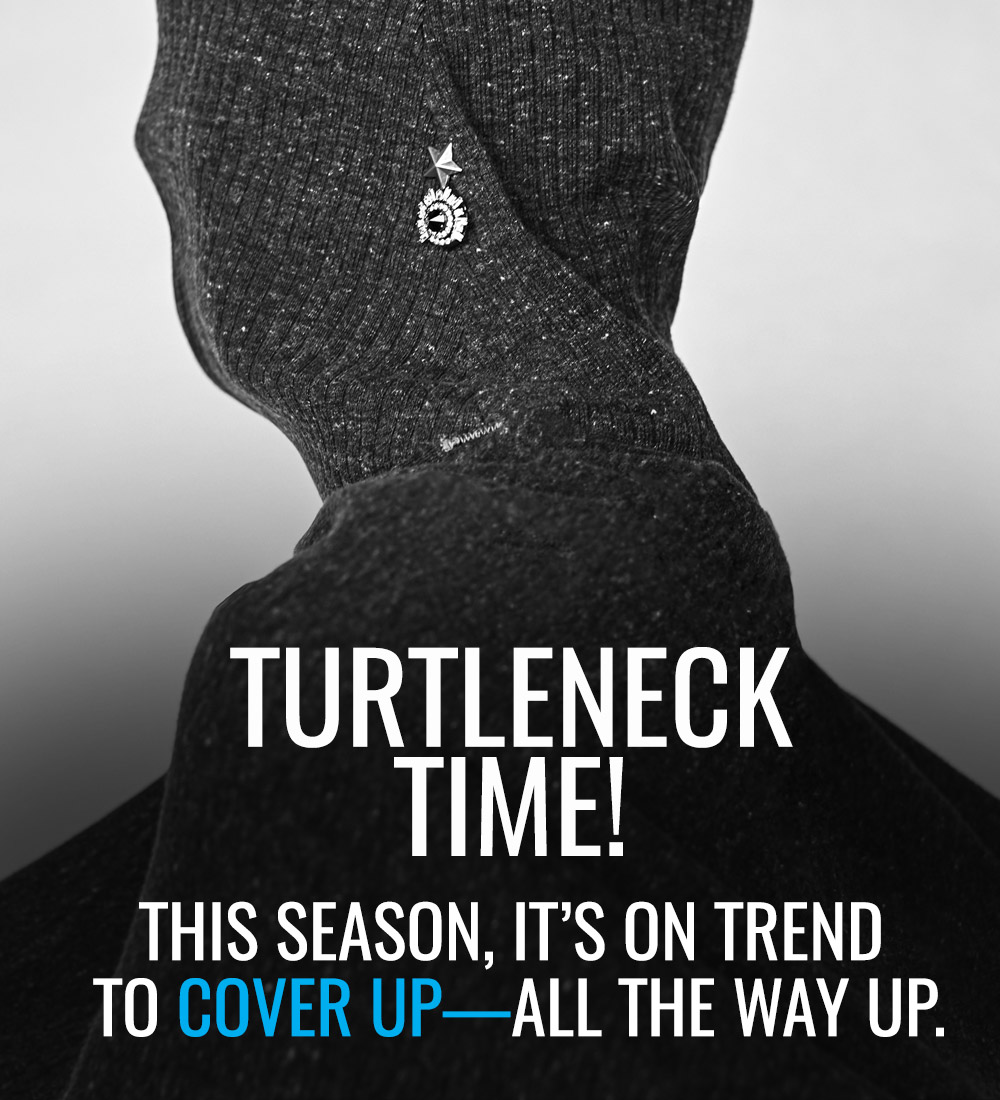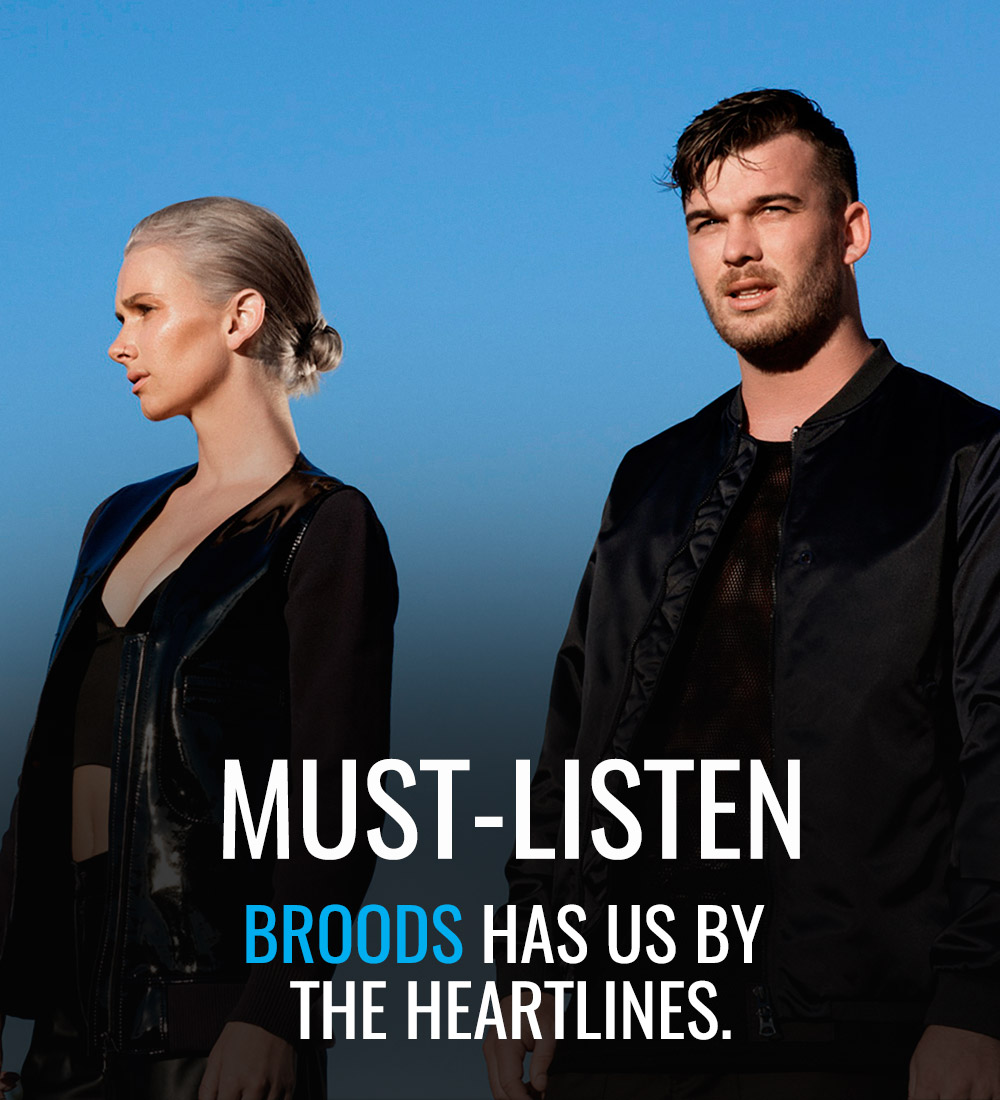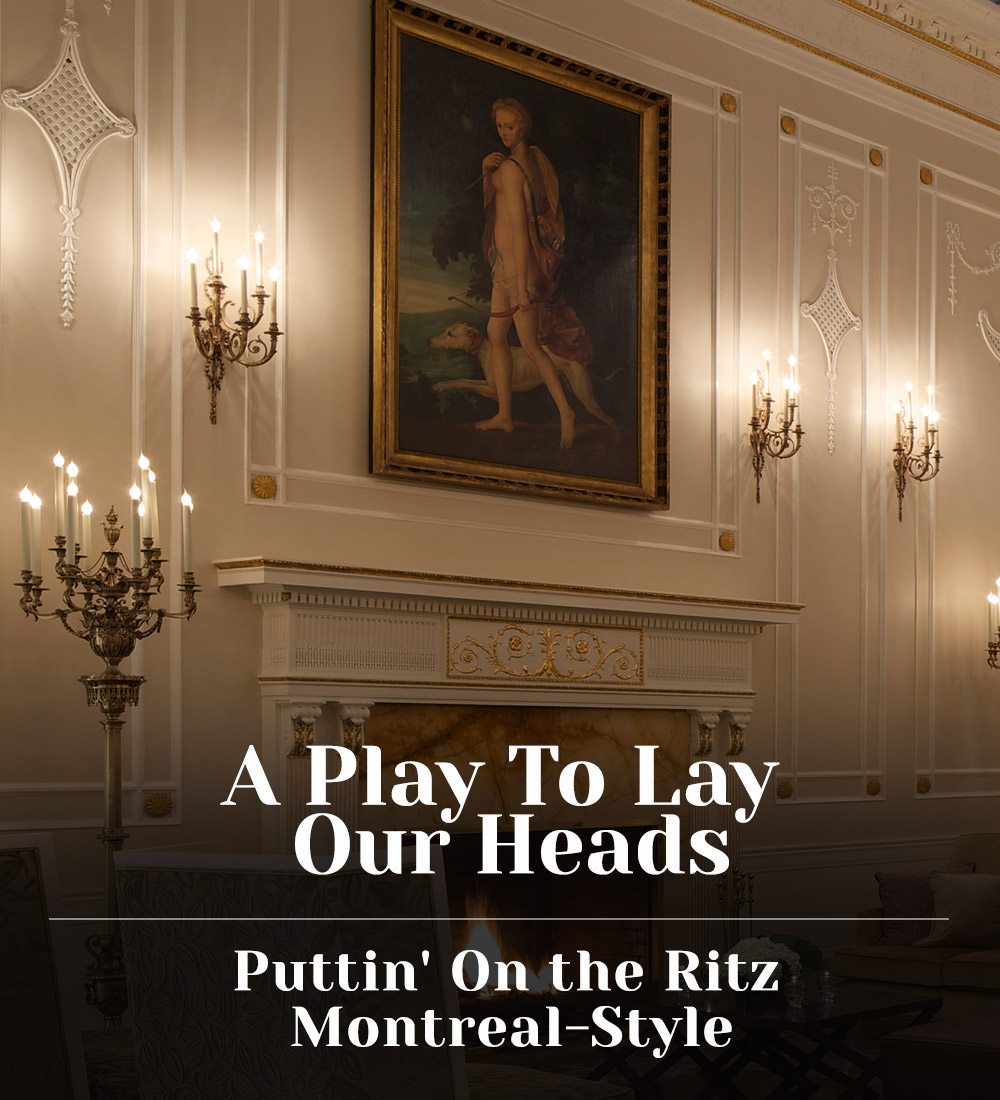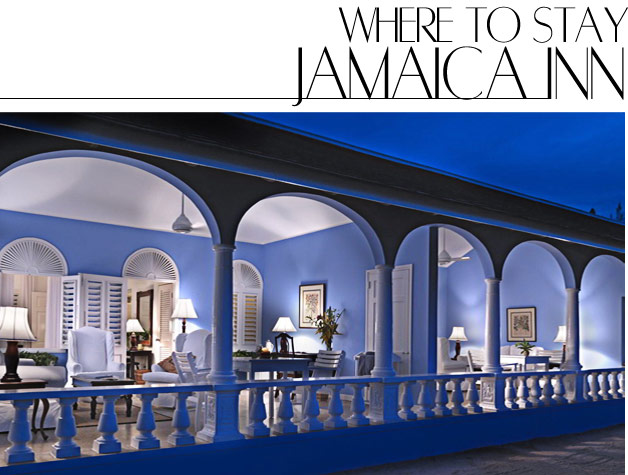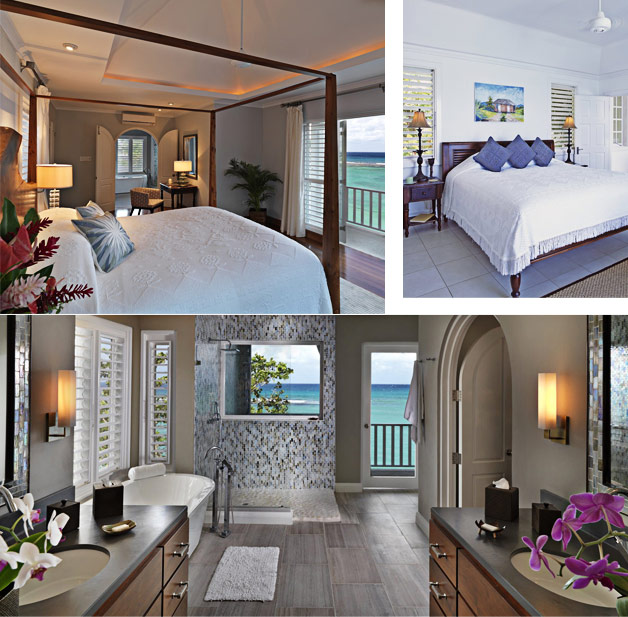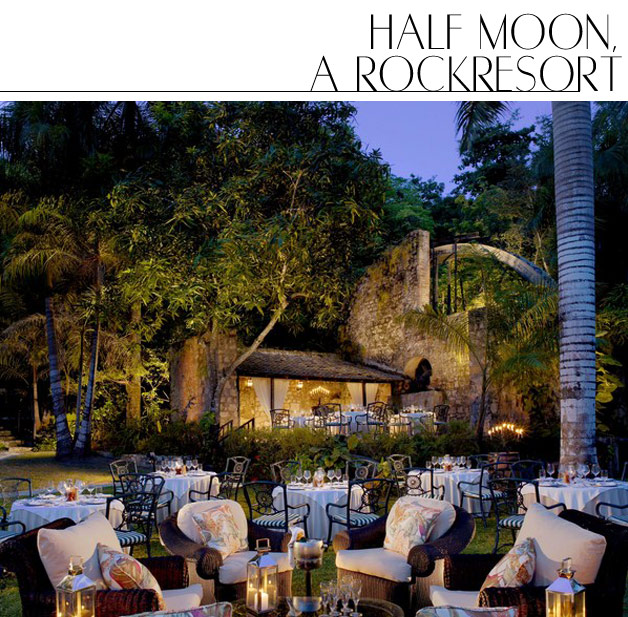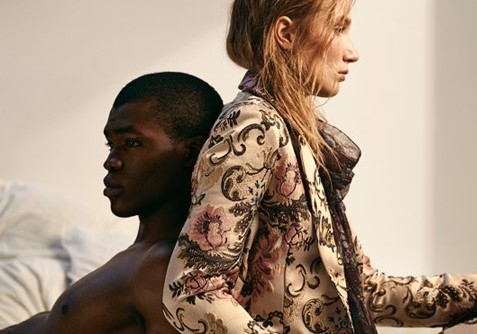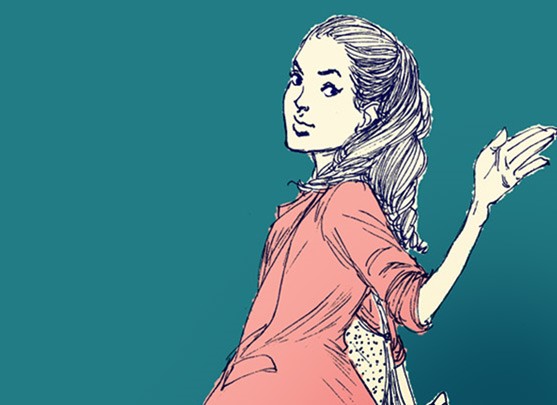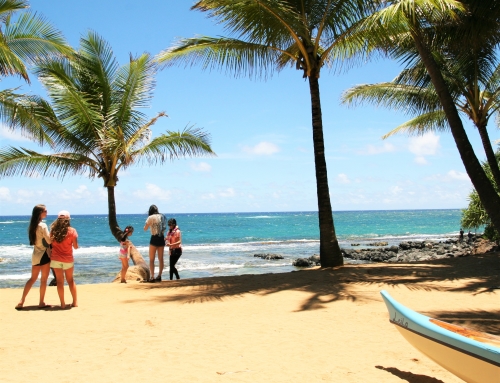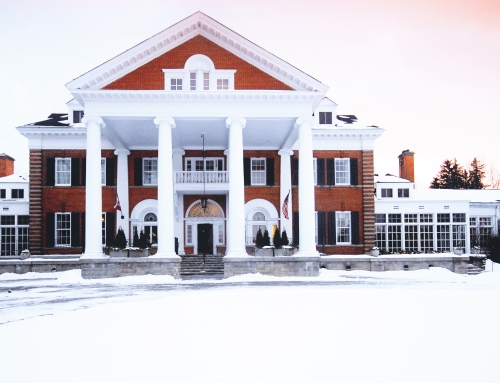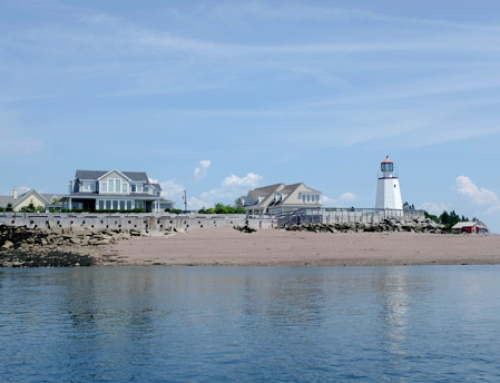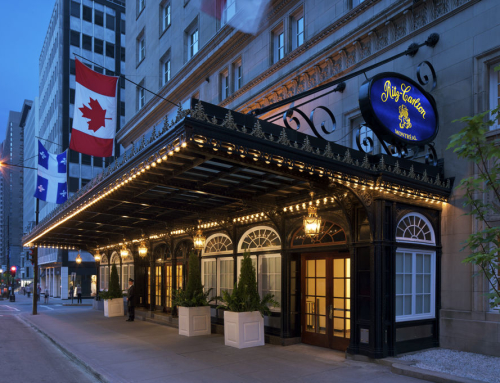Jamaica is a mightily beautiful country. Recognized as the third-largest island of the mythic Greater Antilles, it is 10,900 square kilometers of Zion. In other words, a landscape meant for the Gods; here, Blue Mountains surround small coastal planes with ivory beaches, verdant garden groves and waters so crystalline they blind you with their sparkle. Yes, there’s a strong sense of nature and the elements here (the heat hits you like a wave once you land), but travelers will also feel a less discernable vibe in the isle’s sweeping narrative. From its deep West African roots to its old world cuisine and new wave Dancehall, Jamaica really is an altogether different place. As a travel writer who has had the indelible fortune of filling her passport with every Caribbean stamp, never have I been somewhere that feels so viscerally and astutely alive. The island and its people hum with a particular fervor, which has a curious way of making you feel excited and admittedly, pretty turned on.
I’m not the only one hypnotized by its spell. It’s with reason fashionable celebrities, including Beyoncé, head to the island when occasion for a luxury getaway presents itself. Like the glamourous Audrey Hepburn before her, the bounty and bemusement Jamaica proffers, is a promise too intoxicating not to continually renew. And so, with that in mind, thus begins my particular mission, a journey to unfurl jet-setters’ everlasting fascination with what Jamaica’s indigenous people call, the land of wood and water.
The Land
Why does anyone travel to the Caribbean? It’s a simple, if not redundant fact, that the topography of mountains, rainforests and reef-lined beaches are what attracts most. Jamaica certainly is no exception, but what makes it particularly jarring is how the lands came to be. It, along with the other Antilles islands, evolved from an arc of ancient volcanoes that, as the story goes, rose from the seas millions of years ago. One of the bigger reactions to this landform is the country’s mythical Blue Mountains that dominate the eastern third of Jamaica, and line the eastern parishes of Portland, St. Thomas and St. Mary. Running northwest to southeast, lush vegetation and towering trees cover an incredible three kilometres of distance with one of the steepest general gradients in the world, but besides acting as a key photo opp, the terrain also works as a playground: walking tracks will lead you up to it summit where both the north and south coasts of the island can be seen, along with Cuba, if the day promises to be clear.
For those more adventurous—particularly those that take pride in their Instagram portfolio—get your adrenaline pumping with Blue Mountain Bicycle Tours. Offering pickup from Kingston or “Ochi” (short for Ocho Rios), forgetting the thrill of riding through these trails will be as difficult as joining the daytrip is easy.
From land to water, Reach Falls in Portland Parish is unquestionably more spectacular than its touristy counterpart Dunn’s River Falls in Ocho Rios. Unspoiled and typically bereft of any people, the virgin rain forest sits on 4.6 hectares of land with growing vines, bamboos and plant species you won’t see anywhere else in the world. Dip in for a swim with your lover in the natural heart-shaped Jacuzzi or, for more privacy, go beneath the 25-foot waterfalls themselves to find secret caves and enclaves that are naturally carved out behind the cascades.
Major dive centres are located on the northwest coast, but snorkeling can pretty much be done anywhere especially given the fact you have over 200 miles of beaches to work with. Coyoba and Royal Reefs are full of bubble and elkhorn corals, schools of silversides and parrotfish. Keep an eye out for the snake eel: utterly harmless, but infamous for its beauty.
The Food
Jamaican cuisine is a true melting pot of a number of different techniques, influences and spices spanning the indigenous to the Spanish, British, Africans and Indian. The food is creole and the result is finger-licking jerk; plantains and rice that are fried and curried and, perhaps most astonishing, the array of homegrown tropical fruits and fish harvested from land and sea. Warning: It’s spicy eats and meant to send endorphins buzzing with every bite. Extinguish the fire with a shot or two of deliciously cold rum, and you’ll find yourself chilling on island time before you can say “seconds please.”
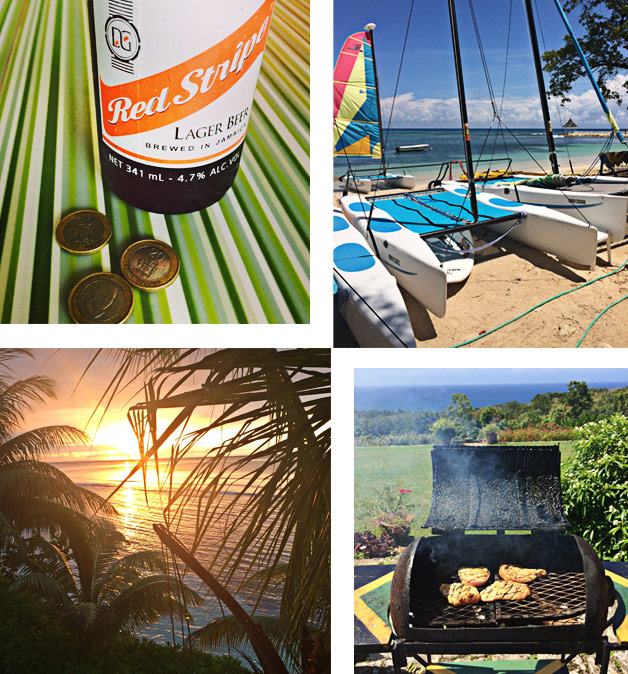
A Montego Bay institution, Scotchies is so revered by diners that visit, many won’t leave the island without taking the restaurant’s classic fish jerk, festival bread and rice ‘n’ beans with them for the plane ride home. Lines go around the block here, with people ambling to dine in the open-air rustic roadside eatery, where the slap of dominos can be heard intermittently between the clink of beer bottles. Afternoons here are languid, as they should be. Above any other island food joint, you must go here.
For those who like a trek to accompany their meals, take a road trip to Faith’s Pen, and pay a visit to the humble group of vendors along the road that winds down Mount Diablo and into St. Ann. The tiny strip of modest stalls does much to belie what each impressively offers: roasted breadfruits, cow cod soup, callaloo (Jamaica’s version of collard greens) and scrambled ackee (the country’s national fruit) with salt fish. This is traditional Jamaican food at its best.
The Digs
For more sophisticated fare, may we recommend unfolding your napkin a stone’s throw from where you intend to lay your head down at night?
Take lodgings at the Jamaican Inn and dine al fresco in the same place Marilyn Monroe and Arthur Miller once honeymooned? Despite its modest name, the Jamaican Inn is as luxurious as they come. A petite resort retreat built in the 1950s, each of its 48 suites and cottages has its own outdoor space and private access to the beach via the bedroom. And while few of the world’s hotels offer outdoor living room-style verandas comparable in luxury to those found at the Jamaica Inn, even rarer is the opportunity to feed tropical fish from one’s own balcony. For this, guest will want to book a suite in the West Wing.
Like the hotel’s suites, dining at the Jamaican Inn is exceptional. Take their seafood ragout in puff pastry vol-au-vent or crisp coconut shrimps with wild orange pepper jelly, best enjoyed on their open-air terrace with uninterrupted views of the sea, below a ginger shaded sunset. This is paradise, pure and simple.
Equally as lush is the stretch of seascape encompassing the Half Moon Resort. The picturesque coastal scenery here, which includes a stunning crescent-shaped beach, reminds guests daily of the hotel’s namesake. Originally built as a cottage colony by visiting captains of industries enamored with the rich leisure life the island afforded; today, the resort remains the preferred home-away-from-home of both VIPs (it’s a favourite of the British Royal family’s) and well-heeled travelers. Book a stay in one of the hotel’s Imperial Suites, and find yourself luxuriating in time-tested opulence, worthy of Hollywood’s Golden Age. Actress Joan Crawford did after all once grace the halls of the Half Moon.
While it is tempting to stay locked away in the comforts of one’s suite here, skip the room service and head down to Sugar Mill for dinner. Coconut and saffron poached snapper with spur tree pine pepper jelly? Table for two under a starlit sky, please!
The People & The Scene
Jamaica’s greatest asset is its people: vibrant, zesty and full of love. Every bit of their person, from the poetic slur of their native Patois language to their gyrating grooves on a dance floor, exposes how Jamaicans breathe and feel life.
To wit, I have a dear friend who traveled to the country for vacation and, five blissful years later came back to Canada with her now live-in boyfriend, a Jamaican expat whom she met on a beach over glasses of rum. Their story is what romance is made from: A lifeguard sees a beach babe; they’re two people from two very different cultures, who find themselves in Eden. They meet, talk, learn and fall in love fast and furiously. When asked what their ah-ha moment was, they both laugh and simultaneously say “Bob Marley.”
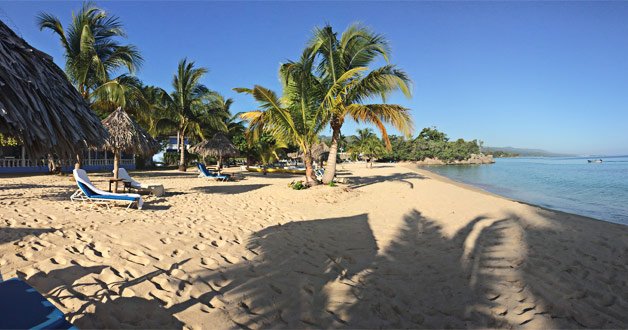
A massively influential man, not only to his home country, but also to the rest of the world, his reggae and his message is a transformative thing to those smart enough to listen to it. As my wise aforementioned friend Julia has said to me: “He personifies ‘One Love.’ It’s a human expression about what it is to be human, to feel, to be loved and to love. It’s about positivity and also about revolution, about the earth and the family. It’s an intangible thing and it is everything.”
Naturally, music is the conduit for this form of spiritualism, but so is dancing. And dancing is everything when Jamaican. In the 1950s and 1960s, a new movement took shape in the country by way of dance halls. Home to public dances, targeted at the younger set, sound system operators with big audio systems in the flat bed of a pick-up truck would spin records spanning from popular American rhythm and blues musicians to local ska and rocksteady performers. Fast-forward to today and not much has changed—and that’s a very good thing. Many of today’s reggae and hip hop stars cite dancehall as a form of inspiration, and you would be hard pressed to walk any street in a given parish in Jamaica and not find yourself street dancing with the locals. To experience it, is to live it; sadly words alone can’t do the dance scene here proper justice.
So…when in Jamaica, get yourself to the clubs and street parties of Kingston! (If you can swing it, February is national “reggae month,” and a prime time to visit.) Need a dance partner, or just a guide familiar with the lay of the land? Sign up for the Meet the People Program via the Jamaican tourism board, and get paired up with a local that shares your enthusiasm for hoofing it.
After a night of dancing to the patron saint of reggae—Marley—and his descendants, such as Jamaica’s prodigious Chronixx (an artist that boasts The Rolling Stone’s Mick Jagger as a fan, evidenced by a birthday outing to Chronixx concert last year in York’s Central Park), your mind and body will understand why local officials are campaigning for the U.N.’s culture organization to register reggae on the global list of “intangible cultural heritage,” alongside the likes of China’s Peking Opera.
Now to recap: when visiting Jamaica, eat, drink—dance—and you will be merry. When work days seem long, remember, “One Love” is but an exhale and a plane ride away…got vacation days?




